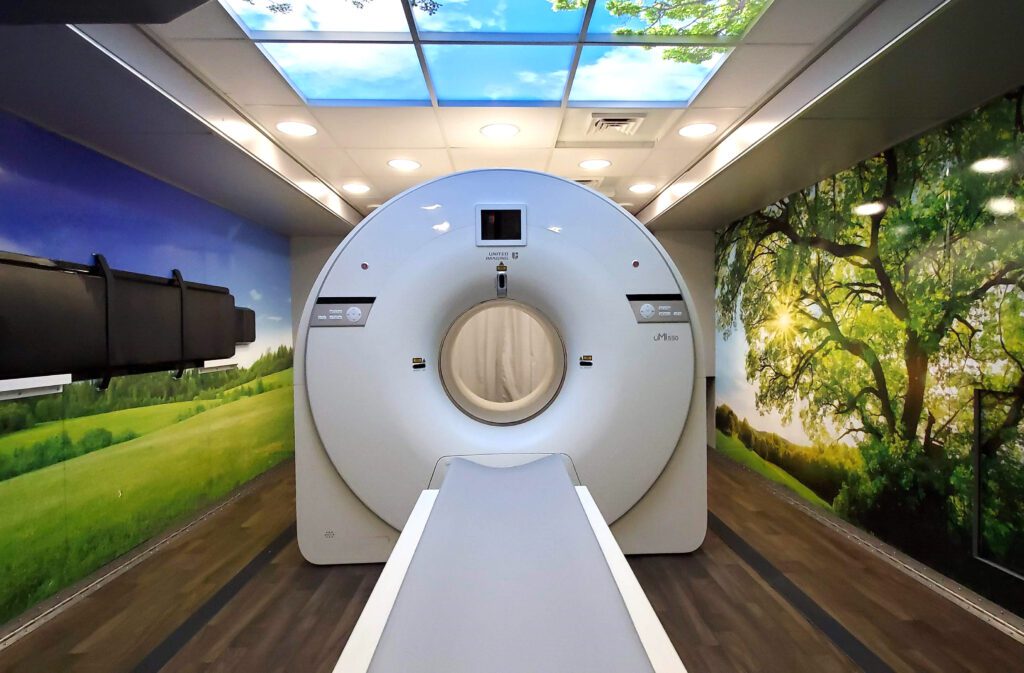What’s New in PET/CT
Evaluation of 18F-FDG PET/CT parameters for reflection of aggressiveness and prediction of prognosis in early-stage cervical cancer.
PET/CT Updates, Research & Education
January 2019
Purpose
The aim of this study was to investigate the value of five typical fluorine-18-fluorodeoxyglucose PET/computed tomography (CT) parameters (including SUVmax, SUVmean, SUVpeak, MTV and TLG) in the reflecting aggressiveness and predicting prognosis in patients with early-stage cervical cancer.
Methods
Our study enrolled 85 primary cervical cancer patients who underwent preoperative fluorine-18-fluorodeoxyglucose PET/CT scans. We investigated the association of five parameters derived from PET/CT with clinicopathological characteristics. Immunohistochemistry was utilized to evaluate the expression of glucose transporter protein-1 (GLUT-1), TP53-induced glycolysis and apoptosis regulator (TIGAR), and vascular endothelial growth factor (VEGF), and the correlation between PET/CT parameters and the expression of GLUT-1, TIGAR, and VEGF was analyzed. In addition, we also investigated the correlation between disease-free survival of cervical cancer patients and PET/CT parameters.
Results
The mean peak standardized uptake value (SUV)peak showed significant differences between all three International Federation of Gynecology and Obstetrics stages (P<0.001-0.032). The patients with lymph node metastasis had significantly higher SUVpeak, metabolic tumor volume (MTV), and total lesion glycolysis (TLG) compared with those with the absence of lymph node metastasis (P=0.038, 0.024, and 0.010, respectively). All the five parameters showed an association with tumor size and cervical stromal invasion depth. Immunohistochemistry results indicated that the SUVpeak showed the highest association with the expression of GLUT-1, TIGAR, and VEGF (rs=0.705, P<0.001, rs=-0.466, P<0.001, rs=0.580, P<0.001, respectively) in these five parameters. The survival analysis showed that SUVpeak, MTV, and TLG were correlated with disease-free survival (P=0.042, P<0.001, and P=0.004, respectively).
Conclusion
Early-stage cervical cancer with high SUVpeak may reflect more aggressive behavior, and SUVpeak, MTV, and TLG can be used to predict the prognosis of early-stage cervical cancer patients. It may help with the choice of individualized treatment options.
Source: Nucl Med Commun. 2018 Nov;39(11):1045-1052. doi: 10.1097/MNM.0000000000000909.< https://www.ncbi.nlm.nih.gov/pubmed/30204642 > Retrieved 20 December 2018.

January Cervical Cancer Awareness
- Cervical cancer tends to occur in midlife and is most frequently diagnosed in women between the ages of 35 and 44. More than 15% of cases of cervical cancer are found in women over 65; however, these cancers rarely occur in women who have been getting regular tests to screen for cervical cancer before age 65.
- Incidence rates for the disease dropped by 50% between 1975 and 2014 due to an increase in screening, which can find cervical changes before they turn cancerous.
Connect with Us
Get additional information and stay up-to-date with the latest news by connecting with us on social media.



